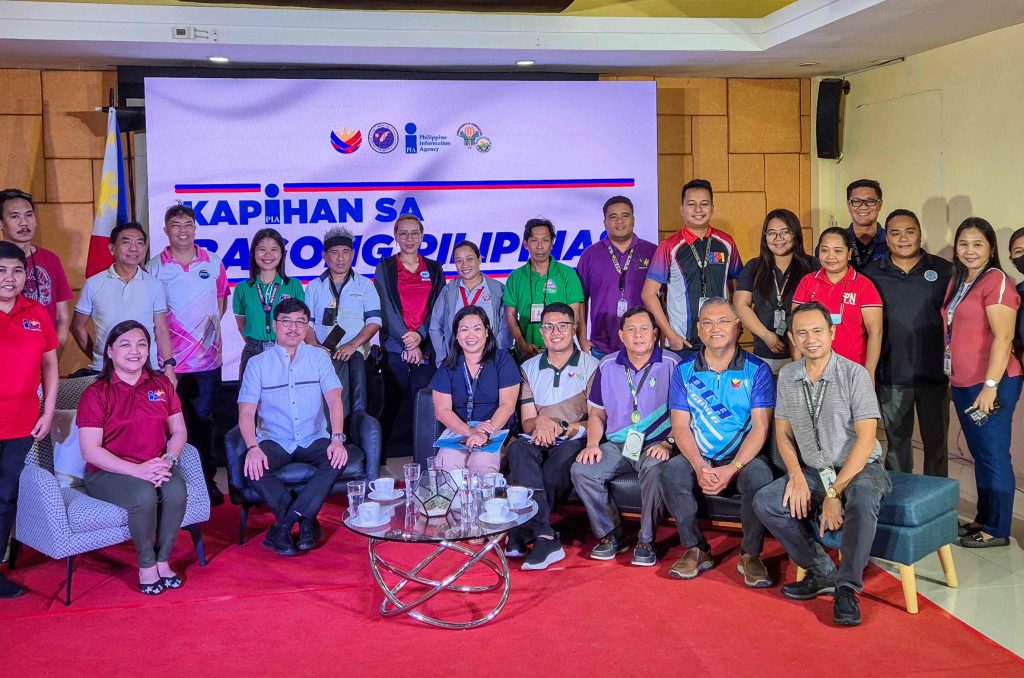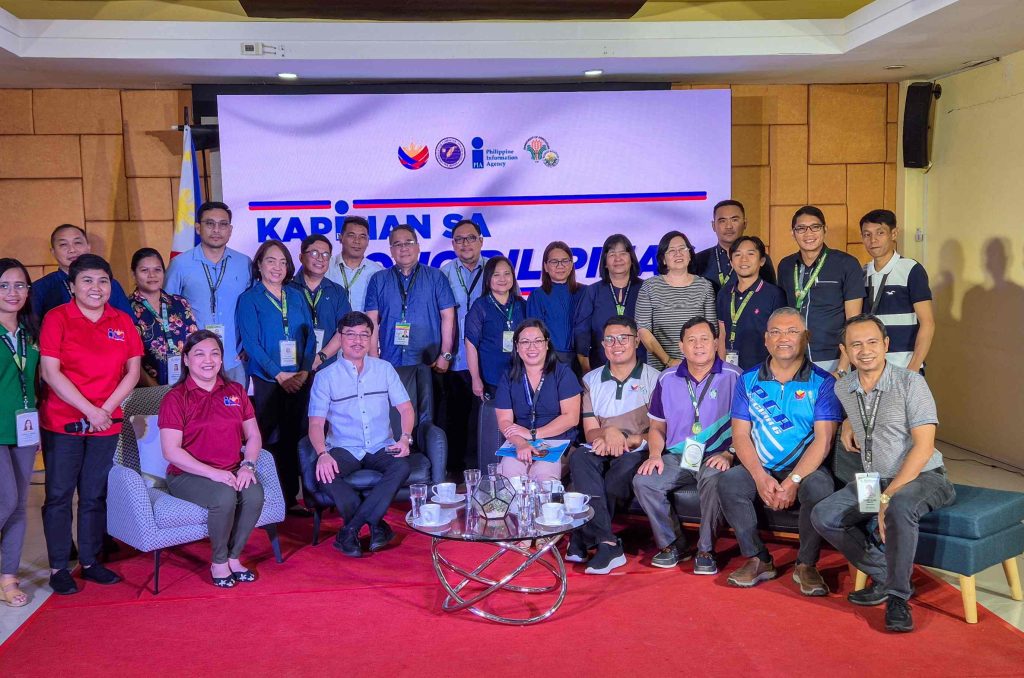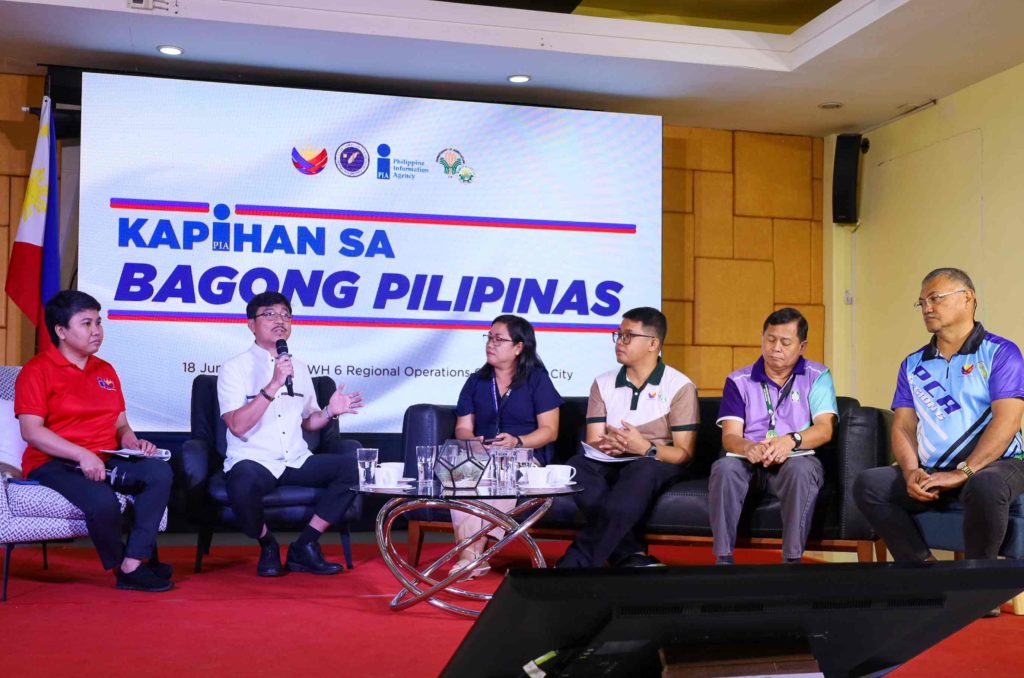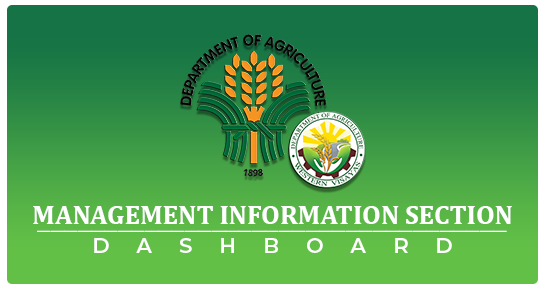Food security efforts in W. Visayas tackled in Kapihan sa Bagong Pilipinas program
Posted by: RAFIS DA6 | Posted at: June 25, 2024
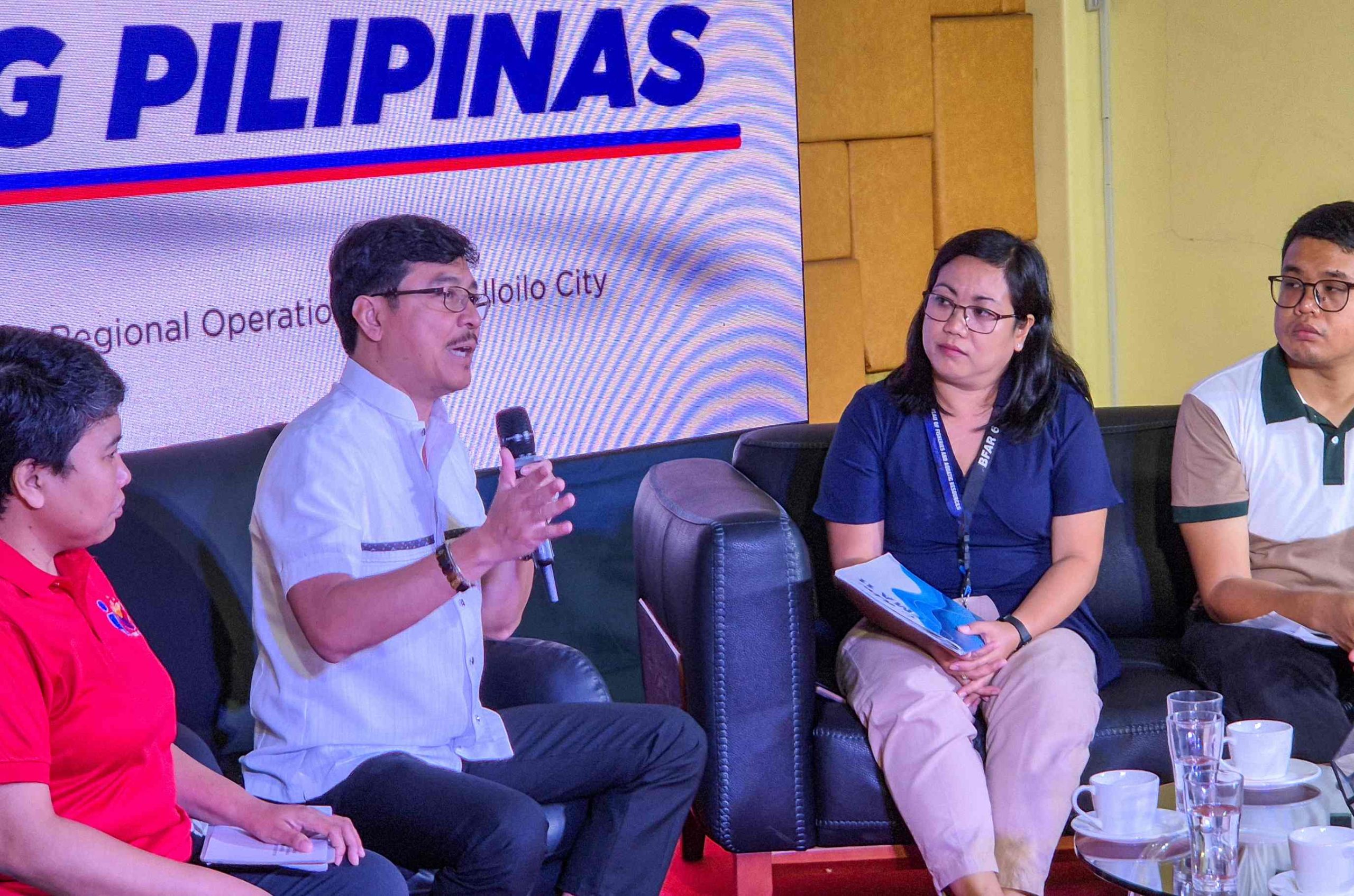
Underlining the Department of Agriculture’s (DA) primary role as a science-based and technical agency, Regional Executive Director Dennis R. Arpia laid out the agency’s ongoing measures to boost food production and increase farmers’ income amid sectoral constraints during the Kapihan sa Bagong Pilipinas organized by the Philippine Information Agency Region 6 on June 18 in Iloilo City.
To cope with the around P2.9 billion damages incurred in the sector due to the prolonged El Niño phenomenon, DA urges rice farmers to expedite planting this wet season to obtain optimum production and prevent crop losses due to the impending La Niña period. According to Director Arpia, historical data shows a neutral El Niño-Southern Oscillation (ENSO) by July often leads to typhoons towards year-end.
The department has provided adequate funding to increase the production and yield of the region’s main food staple. This year, the DA procured hybrid seeds for 92,000 hectares, with a higher allocation of 61,000 hectares for the wet season, to surpass the average yield of 3.4 metric tons per hectare. While the National Irrigation Administration’s (NIA) Jalaur River Multi-Purpose (JRMP) Project Stage II is nearing completion, the DA has the Comprehensive Irrigation Master Plan focusing on providing and establishing solar-powered irrigation system and applicable projects to rice areas not covered by NIA.
“Pagdating sa resiliency, napakagaling ang mga magsasaka ng Western Visayas. Ang pinagtutuunan natin ngayon ng pansin ay kung paano mapapataas ang ating ani kasi kahit po na kung nakapasipag at napakatatag (patient) ang ating mga famers, kung mananatili pong mababa ang kanilang ani, hindi rin magtatagal mapapapagod rin sila. We have to re-introduce high-yielding technologies,” said Director Arpia.
DA currently employs supervised clustered farming to ensure that the seeds, fertilizer discount vouchers, soil ameliorants, and bio-fertilizers will improve farmers’ productivity and income sustainability. Director Arpia urged LGU counterparts to regularly monitor and report to the regional office the actual activities of rice farmers. This will serve as the basis for the department in determining early maturing and highly resistant rice varieties suitable in Region 6.
“We just don’t want resilient farmers, dapat ang mga farmers natin ay umuunlad,” stressed Director Arpia who campaigned to adopt high-yielding technologies such as the use of rice transplanting method in crop establishment.
To help mitigate the risks of farmers’ income loss, the DA’s Philippine Crop Insurance has intensified its provision of indemnification to farmers listed in the Registry System for Basic Sectors in Agriculture (RSBSA) whose crops are affected by adverse weather conditions and pest incidents. Recently, the PCIC has held stakeholders’ meetings in all regional provinces to mainstream the insurance features and procedures in the insurance application and claims.
The recent eruption of Kanlaon Volcano has prompted prompt rehabilitation initiatives by the DA. Measures include comprehensive soil sampling and providing seeds, fertilizers, and high-value crop planting materials. The regional office has submitted a detailed proposal for the rehabilitation of affected areas, aiming for quick and sustainable recovery to restore agricultural productivity on Negros Island.
Meanwhile, the DA has initiated cloud seeding operations in Region 6 to induce high volume of rainfall for rice fields that are not yet ready for planting. Despite the Philippine Atmospheric, Geophysical and Astronomical Services Administration (PAG-ASA) declaring the start of the wet season, many fields remain dry and not ready for land preparation needed for the upcoming planting season.
While the prolonged El Niño has significantly damaged the agriculture sector, the fisheries industry in Western Visayas remains resilient. According to BFAR reports, only a small percentage of the sector’s production has been affected.
Also tackled during the program was the agency’s initiatives to prevent and eradicate African Swine Fever (ASF) cases in Western Visayas. With 26 LGUs in the pink zone, poised for sentineling, the region succeeded in ASF containment. Arpia acknowledged the complexities in combating the virus, emphasizing the necessity of a science-based strategy and strict biosecurity measures observed by all stakeholders.###(Texts by SMHToreno & Photos by KDCaldina and VNQuimpo/DA-RAFIS 6)


